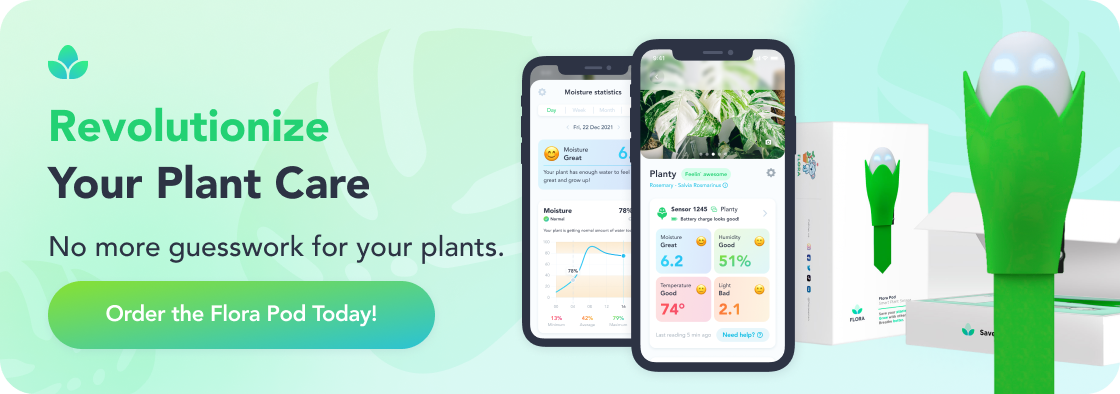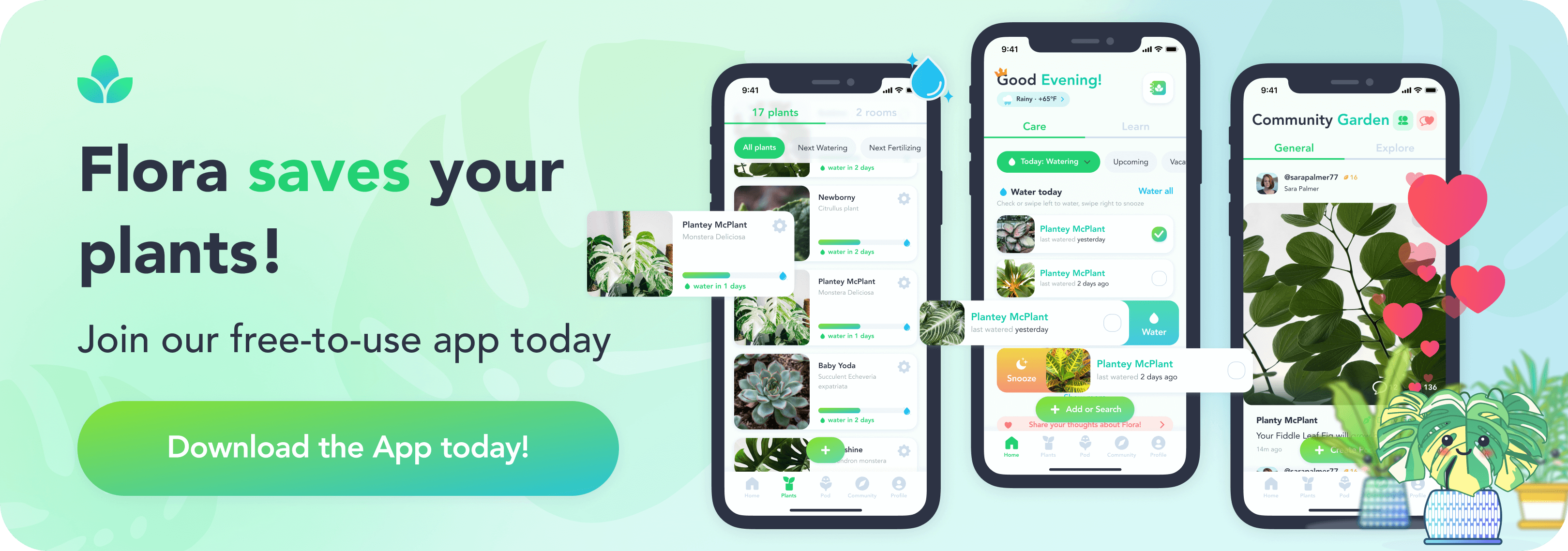Top 10 Most Popular Indoor Yucca Plant Types
Indoor plants not only add beauty to a room but offer a myriad of benefits, from improving air quality to boosting your mood. Among the many options available, yucca plants stand out as a favorite for their unique, desert-inspired look and ease of care. With their bold, spiky leaves and ability to adapt to indoor environments, yuccas are a perfect choice for both novice and experienced plant parents alike. Here’s a guide to the top 10 most popular types of indoor yucca plants, detailing care tips, light preferences, and special features to help you choose the perfect yucca variety for your space.
Why Yucca Plants Make Ideal Houseplants
Yucca plants are incredibly resilient, adapting well to indoor environments with minimal fuss. Originally from arid regions, these hardy plants can withstand occasional neglect, which makes them ideal for individuals with busy schedules or those new to plant care. Yuccas bring a sense of the outdoors inside with their striking, sculptural appearance that can effortlessly elevate any decor style.
Indoor vs. Outdoor Yucca Varieties
While yuccas are primarily outdoor plants in their native environments, several species thrive indoors with proper care. Indoor yuccas are typically smaller, slower-growing varieties suited to containers. They require bright, indirect light and well-draining soil, similar to their outdoor counterparts. In general, indoor yuccas are more manageable and easygoing, offering the visual appeal of their larger relatives without overwhelming your space.
Top 10 Types of Indoor Yucca Plants
1. Yucca Elephantipes (Spineless Yucca)
The Spineless Yucca, also known as Yucca Elephantipes, is a pet- and child-friendly indoor plant with glossy, upright leaves. This low-maintenance yucca thrives in bright, indirect light and only needs watering when the soil dries out, making it perfect for busy plant parents. Its bold, architectural form makes it a stunning focal point for any indoor space.
Size: 2-10 feet tall, 2-3 feet wide
Light: Bright, indirect sunlight
Water: Low to moderate; water when the top inch of soil dries
Soil: Well-draining, sandy mix
Unique Features: As the name suggests, this yucca lacks sharp leaf tips, making it a safer choice for households with pets or children. Its upright growth and glossy leaves make it a fantastic focal point for any room.
2. Yucca Filamentosa (Adam's Needle)
Adam’s Needle is a standout yucca known for its sharp, fibrous leaves accented by thread-like filaments. Ideal for bright spaces, this plant adds a touch of texture to your indoor garden. Summer blooms on tall spikes add even more visual interest to this hardy, drought-tolerant choice.
Size: 2-3 feet tall, 3 feet wide
Light: Full sun to partial shade
Water: Moderate; prefers drier conditions
Soil: Sandy, well-draining
Unique Features: Known for its fibrous, needle-like leaves with thread-like filaments along the edges, Adam’s Needle offers a distinctive look and blooms with tall flower spikes in summer.
3. Yucca Rostrata (Beaked Yucca)
The Beaked Yucca is a desert-inspired beauty featuring slender, bluish leaves that form a dramatic pom-pom shape. Its striking appearance and drought tolerance make it a favorite for sunny spaces, adding a touch of the outdoors to your interior design.
Size: 3-10 feet tall, 2-3 feet wide
Light: Full sun to bright, indirect light
Water: Minimal; drought-tolerant
Soil: Sandy, fast-draining
Unique Features: This striking yucca has a “pom-pom” of slender blue-gray leaves and is often chosen for its architectural appeal. Its hardy nature makes it well-suited for indoor environments that receive ample sunlight.
4. Yucca Gloriosa (Spanish Dagger)
The Spanish Dagger earns its name with its sharp, sword-like leaves and vibrant summer blooms. This yucca's dramatic form is perfect for those seeking a bold, low-maintenance plant for brightly lit spaces, offering year-round visual impact.
Size: 6-10 feet tall, 3-5 feet wide
Light: Full sun
Water: Moderate; allow soil to dry out between waterings
Soil: Well-draining, slightly sandy
Unique Features: With sharp, sword-like leaves and vibrant flower stalks, this yucca brings a bit of drama to any indoor space. It’s relatively low maintenance, making it a popular choice for beginner plant owners.
5. Yucca Whipplei (Our Lord’s Candle)
Our Lord’s Candle is an ideal choice for plant parents seeking a unique centerpiece. With its rocky soil preference and drought resistance, this yucca thrives in bright spaces and rewards your care with striking flower stalks that bring desert charm indoors.
Size: 2-4 feet tall, 2 feet wide
Light: Full sun
Water: Low; extremely drought-tolerant
Soil: Well-draining, rocky soil
Unique Features: Known for its dramatic flower stalks, Yucca Whipplei grows best in bright, sunny rooms. It’s a great addition for plant parents looking for a desert-inspired plant with unique blooming habits.
6. Yucca Aloifolia (Spanish Bayonet)
The Spanish Bayonet is an indoor giant, boasting stiff, pointed leaves and a trunk-like stem. This sculptural yucca thrives in sunny conditions and requires little attention, making it a durable statement piece for large spaces.
Size: 8-15 feet tall, 2-4 feet wide
Light: Full sun
Water: Moderate; prefers drier soil
Soil: Sandy, well-draining
Unique Features: The Spanish Bayonet has stiff, pointed leaves and a sturdy trunk, giving it a palm-like appearance. Its resilience and sculptural look make it an ideal statement plant for larger indoor spaces.
7. Yucca Baccata (Banana Yucca)
This Banana Yucca adds a unique twist to indoor gardening with its edible, banana-shaped fruit. Its compact form and adaptability to bright or partially shaded spaces make it an excellent addition to homes looking for both ornamental beauty and practical appeal.
Size: 2-4 feet tall, 2 feet wide
Light: Full sun to partial shade
Water: Low; drought-resistant
Soil: Well-draining, gritty
Unique Features: This yucca is unique for its edible fruit, which resembles a banana. It’s a fantastic addition for those interested in plants with both ornamental and practical uses.
8. Yucca Schidigera (Mojave Yucca)
The Mojave Yucca features tough, fibrous leaves and a branching growth habit, making it a standout in sunny interiors. Its hardy, drought-resistant nature ensures it thrives with minimal effort while adding a rugged, natural aesthetic to your space.
Size: 3-6 feet tall, 4 feet wide
Light: Full sun
Water: Minimal; very drought-tolerant
Soil: Sandy, well-draining
Unique Features: The Mojave Yucca’s unique branching habit and tough, fibrous leaves make it a stunning and low-maintenance option for sunny indoor spaces.
9. Yucca Elata (Soaptree Yucca)
Named for its traditional use in soap-making, the Soaptree Yucca brings a natural, utilitarian touch to indoor gardens. Its tall, fibrous leaves and striking silhouette make it a favorite for bright rooms with a touch of rustic charm.
Size: 10-15 feet tall, 4 feet wide
Light: Full sun to bright indirect light
Water: Low; drought-tolerant
Soil: Alkaline, well-draining soil
Unique Features: This yucca’s fibrous leaves have been traditionally used to make soap, hence the name. Its striking appearance is ideal for large, sunny rooms.
10. Yucca Pallida (Pale-Leaf Yucca)
The Pale-Leaf Yucca is a compact plant with soft, bluish-green leaves that fit beautifully into minimalist or small indoor spaces. Its understated color and texture make it a soothing addition to any plant collection while thriving on minimal care.
Size: 2 feet tall, 2-3 feet wide
Light: Full sun
Water: Low; drought-tolerant
Soil: Sandy, well-draining
Unique Features: The pale, bluish-green leaves give this yucca a distinct, understated look that fits well in minimalist decor styles. It’s compact and perfect for smaller indoor spaces.
Essential Care for Indoor Yucca Plants
Light Requirements
Yucca plants are native to arid environments, where they receive ample sunlight, so it’s no surprise they thrive in bright, indirect light when grown indoors. Position your yucca near a south or west-facing window to give it plenty of exposure. These plants can tolerate some direct sunlight but may suffer from leaf burn if exposed to harsh afternoon rays, especially in summer. If your indoor space has limited light, you can support your yucca’s growth with a full-spectrum grow light. Aim for 8-10 hours of supplemental light daily if natural light is minimal, as low light can cause the plant to grow weak and leggy.
Watering Needs
A balanced watering routine is crucial to keep your yucca healthy and prevent common issues like root rot. Yuccas are drought-tolerant and prefer dry soil, so always let the top inch or two of soil dry out completely before the next watering. During warmer months, this might mean watering every 1-2 weeks, depending on your home’s temperature and humidity. In winter, when the plant’s growth naturally slows, reduce watering to once a month or even less. Overwatering is the most common mistake with yuccas, so ensure any water you provide fully drains through the soil and never allow the pot to sit in a water-filled saucer.
Soil and Potting Recommendations
Yucca plants do best in a well-draining, sandy soil mix that mimics the arid conditions of their native environment. A cactus or succulent potting mix works well, as it typically contains sand and perlite, which help prevent water retention. If using regular potting soil, add sand or perlite to enhance drainage. This ensures that the roots receive enough oxygen and minimizes the risk of waterlogging, which can lead to root rot. The pot should have drainage holes, as stagnant water can cause root rot and lead to fungal issues.
Humidity and Temperature
Yuccas are remarkably adaptable to standard indoor humidity levels, making them low-maintenance in most homes. However, during extremely dry seasons (like winter), a light misting every few days can help, especially in heated environments that dry out the air. These plants prefer room temperatures between 60-80°F, which aligns well with most indoor climates. Yuccas can handle minor fluctuations, but avoid exposing them to temperatures below 50°F or sudden cold drafts, as this can stress the plant and cause leaf damage.
Repotting Tips
Unlike many other houseplants, yuccas prefer to be a bit root-bound and don’t need frequent repotting. Every 2-3 years is sufficient, or only when the plant visibly outgrows its pot. When repotting, choose a container that’s just one size larger than the current one, as too much excess soil can hold extra moisture, increasing the risk of root rot. Gently remove the plant, shake off excess soil, and trim away any dead or damaged roots before placing it in the new container. Use fresh, well-draining soil to give the plant a nutrient boost, which can support healthy growth.
Propagation of Indoor Yucca Plants
From Seeds: Yucca seeds can be planted in a cactus mix during the spring.
Using Pups: Carefully remove small offshoots (pups) from the base of the plant and place them in a separate pot.
From Cuttings: Cuttings can be rooted in soil, although this method is less common.
Best Seasons for Propagation: Spring and early summer offer the best conditions for yucca propagation, as this is when the plant is actively growing.
Troubleshooting Common Indoor Yucca Issues
Overwatering and Leaf Yellowing: One of the most common yucca issues is overwatering, which can lead to root rot and yellowing leaves. Be sure to allow the soil to dry completely between waterings.
Pest Prevention and Treatment: Although yuccas are relatively pest-free, they can occasionally attract pests like spider mites and mealybugs. Treat infestations with a gentle insecticidal soap or neem oil spray.
Yucca plants are resilient, stylish, and a perfect fit for indoor plant lovers of all experience levels. Whether you choose a large yucca like the Soaptree or a compact Pale-Leaf variety, each type offers unique benefits that make it a valuable addition to your home. With the right care and attention, your yucca will thrive and bring a touch of the desert’s beauty to your indoor space for years to come.
Common Questions
1. Are all types of yucca plants suitable for indoor environments?
While most yuccas are hardy outdoor plants, certain types of yucca plants adapt well indoors, such as the Spineless Yucca and Adam’s Needle. These varieties are smaller and thrive with moderate indoor care, making them suitable for home environments where they get bright, indirect light.
2. How often should indoor yucca plants be watered?
Indoor yucca plants are drought-tolerant and require less water than many other houseplants. Generally, you should water your yucca when the top inch of soil is dry. Overwatering can lead to root rot, so it's best to water sparingly, especially in winter when growth slows.
3. Can yucca plants improve indoor air quality?
Yes, yucca plants can contribute to improved indoor air quality. Like many indoor plants, they help filter toxins from the air and release oxygen, which enhances indoor environments. This makes them not only visually appealing but beneficial for healthier indoor spaces.
4. Do yucca plants need direct sunlight indoors?
Yucca plants do best in bright, indirect sunlight when kept indoors. While some varieties can tolerate direct sun, prolonged exposure to direct light indoors may cause the leaves to scorch. Placing your yucca near a bright window with filtered sunlight is ideal.
5. How can I propagate my indoor yucca plant?
Yucca plants are easy to propagate through pups (offshoots) or cuttings. In the spring, remove pups from the base of the plant or take a stem cutting and plant them in well-draining soil. This allows you to grow new yucca plants with minimal effort.
Fern's Leafy Learnings
Perfect for Beginners: Indoor yucca plants are hardy and adapt well to neglect, making them ideal for busy or new plant parents.
Sunlight is Key: Yuccas thrive best with bright, indirect light; positioning near a sunny window boosts growth.
Water Sparingly: Overwatering can harm yuccas, so it’s best to water only when the top inch of soil is dry.
Propagate Easily: Yuccas can be propagated by planting pups or using cuttings, especially in spring.
Variety of Options: Indoor yuccas range from compact types to larger species, suiting different indoor spaces and styles.
Deepen Your Roots with Flora
At Flora, we not only bring you a vibrant selection of locally sourced, rare, and delightful plants, but we also serve as your continuous guide in your plant parenting voyage, ensuring every leaf in your sanctuary thrives. With our Flora Pod™ technology and a nurturing community of over 250,000 plant lovers, we cultivate a space where every plant parent - novice or expert - can blossom.
We propagate with a commitment to sustainability, connection, and ceaseless growth, fostering a community where each member, and their plants, are cherished and nurtured.
Crave a lush, thriving green space? Adopt a plant from Flora today!
Flora Pod™ is featured on Shark Tank!

Shop Plants
Top 10 Most Popular Roses
Mar 22, 2022
How to Care for China Roses
Mar 11, 2022
How to Care for Chinese Money Plants
May 15, 2020
How to Grow and Care for A Bird of Paradise
Apr 26, 2020
Top 10 Plants To Grow In A Terrarium
May 31, 2022
How to Grow and Care for Lucky Bamboo
Mar 29, 2022
How to Grow and Care for Corn Plants
Mar 29, 2022
How to Care for Madagascar Dragon Trees
Mar 21, 2022



